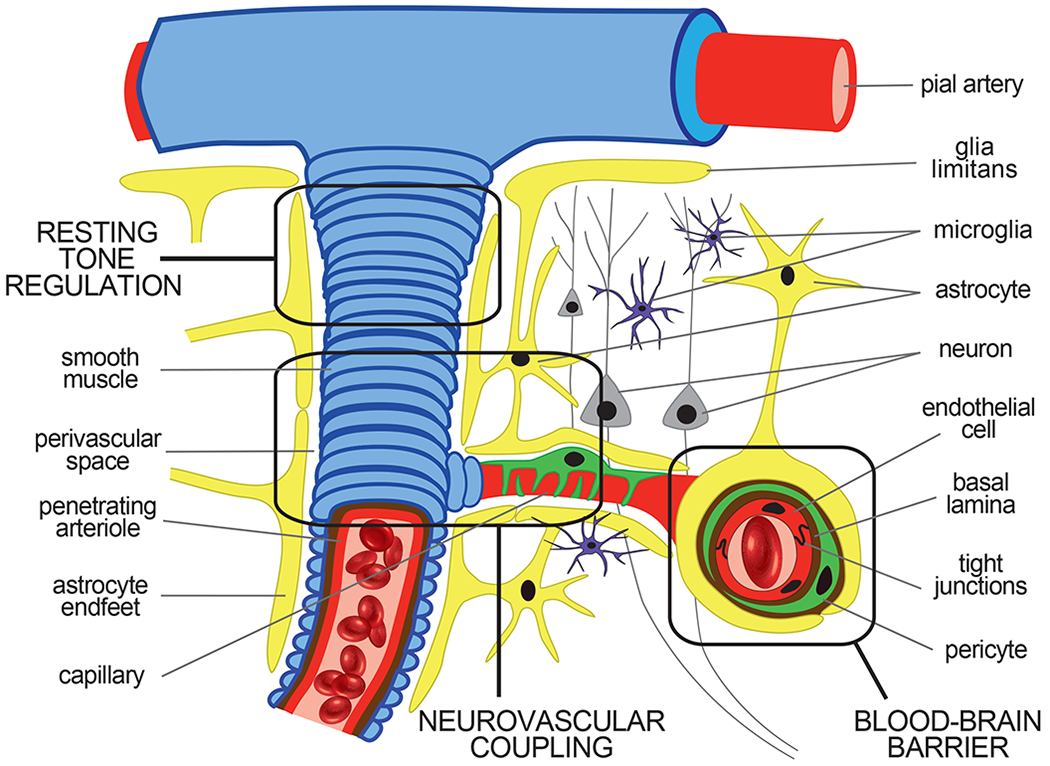Figure 2. Organization of the neurovascular unit.

Pial arteries give rise to penetrating arterioles that dive into the brain parenchyma where they branch into smaller arterioles and capillaries. These arterioles receive intrinsic and extrinsic innervation perivascularly to facilitate resting tone regulation via their smooth muscle cell layer. The capillary microvessels lose this smooth muscle cell layer completely and are instead ensconced by astrocyte endfeet and contractile pericytes, which contact the capillary basement membrane directly. These capillary microvessels are further distinguished by their endothelial cells, which are held together by tight junction proteins that form the innermost component of the blood-brain barrier. The endothelial cells, pericytes, and astrocytes, along with the neurons and microglia within a particular vascular domain, together comprise the neurovascular unit. These neuronal and vascular cellular components interact with each other to ensure precise spatiotemporal delivery of blood oxygen and nutrients to metabolically active regions of the brain via neurovascular coupling. Astrocytes are particularly important for this interaction, as they are centrally located between the metabolically active neurons and the cerebral vessels that are poised to respond to such activity.
